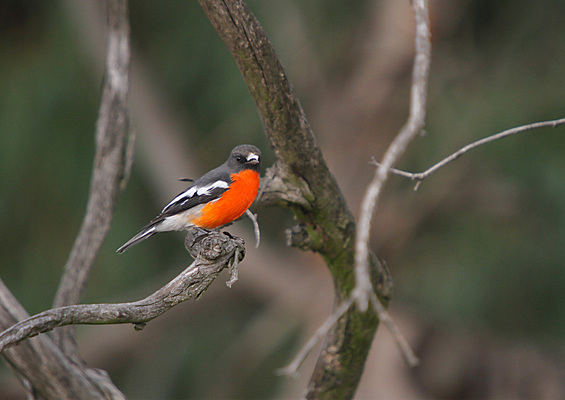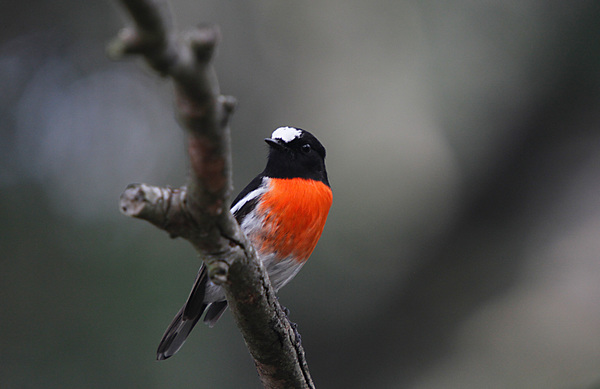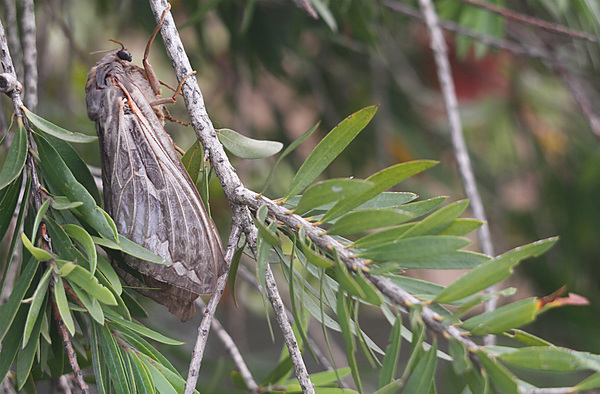THE autumn weather has been just perfect for anything, although particularly great for getting out and about around the Bellarine and Geelong.
There has been a little rain, but not nearly enough.
Speaking of rain, I was surprised to almost squash a huge ‘rain moth’ or ‘Trictena atripalpi’ at the petrol station in Drysdale, that was on the ground near my car. The moth was almost the size of a sparrow, and when I picked it up, it it took up the entire palm of my hand.
The wingspan of these moths can reach a whopping 16cm.
The caterpillars of rain moths live in tunnels in the ground, where they feed on the roots of native trees. The moths tend to be seen around the time of a major downpour in the area.
As I popped the rain moth a tree away from the petrol station I thought to myself that the moth would make a very tasty treat for a hungry bird and wished it luck.
One of the best bird observations I have made this fortnight was seeing the really impressive sign on the Bellarine Highway that gives a very strong anti-duck shooting message. Yahoo! I hope that this inspires many people to add their voice to the growing numbers of people who are against this barbaric and cruel ‘sport’.
I received a message from David and Christine who live in old Ocean Grove, that they had musk lorikeets in their magnificent 150-year-old yellow gum tree in their back yard. Musk lorikeets are very pretty birds, in that they are mostly green, with a yellow patch at the side of the breast, a bright red forehead, and a blue crown. Musk lorikeets are nomadic, and they travel widely in search of flowering trees and fruit.
I had a wonderful day at Western Treatment Plant last week on one of the beautiful, still, clear autumn days. I was lucky to see an Australasian bittern, as it flew out of some high reeds by the side of the road.
At first I thought that the bird was a swamp harrier, due to the yellowish legs and light brown feather colour. Then it turned and I saw the streaked brown underparts and the long beak, and instantly knew the bird was a bittern.
I had to stop the car and try and take a photo while the bird flew behind the car, and managed a feeble snap before it disappeared. At least the photo proved the identity of the bird, which was wonderful.
I saw many great birds at WTP including wood sandpipers, black-tailed Gogwits, white-winged black terns, and three magnificent brolgas.
I also had a lovely ramble in the Ocean Grove Nature Reserve and saw half a dozen male flame robins. Some female flame robins had been seen at the reserve since John Sharp spotted them on 28 March, and now the males have joined them.
In winter, flame robins move from mountainous areas to lower and more open areas, and some Tasmanian birds move to the mainland.
Male flame robins have a bright orange breast and throat, and are white on the lower belly and undertail. The top of their head and back is dark slate grey and there is a clear white stripe on the folded wing.
The male flame robin looks very similar to another bird I saw an Anglesea Heath last week, which is a scarlet robin. I thought I’d put photos of both birds for comparison. The main difference between the two species is that the male scarlet robin has a larger white patch above the bill.
If you are interested in some organised birdwatching activities, you can check out the calendar of events run by Bellarine Birdlife, at birdlife.org.au/locations/birdlife-bellarine-peninsula
– Jen Carr (jennifer.carr6@bigpond.com)









